
If you ship items by air, water, rail, public road, or "Private Vehicle" that qualify under any of the Department of Transportation (DOT) Dangerous Goods Classifications, you must complete the required training. Review the material below then proceed to the test:
HAZARD CLASSES
Class 1: Explosives
 |
 |
Division 1.1 - Articles and substances having a mass explosion hazard |
 |
 |
Division 1.2 - Articles and substances having a projection hazard, but not a mass explosion hazard |
 |
 |
Division 1.3 - Articles and substances having a fire hazard, a minor blast hazard, and/or a minor projection hazard, but not a mass explosion hazard |
 |
 |
Division 1.4 - Articles and substances presenting no significant hazard (explosion limited to package) |
 |
Division 1.5 - Very insensitive substances having a mass explosion hazard | |
 |
Division 1.6 - Extremely insensitive articles which do not have a mass explosion hazard |
Class 2: Gas
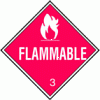 |
Division 2.1 - Flammable Gas |
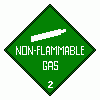 |
Division 2.2 - Non-flammable, non-toxic gas (under pressure, inert, etc.) |
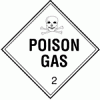 |
Division 2.3 - Toxic Gas |
Class 3: Flammable Liquids (100 Degrees F or less open cup)
 |
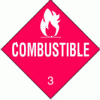 |
Class 4: Other Flammable Substances
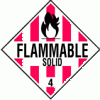 |
Division 4.1 - Flammable Solid |
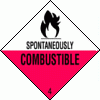 |
Division 4.2 - Substances liable to spontaneous combustion |
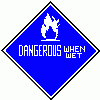 |
Division 4.3 - Substances which, in contact with water, emit flammable gases |
Class 5: Oxidizing Substances and Organic Peroxides
 |
Division 5.1 - Oxidizers |
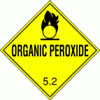 |
Division 5.2 - Organic Peroxides |
Class 6: Toxic (Poisonous) and Infectious Substances
 |
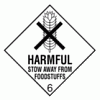 |
Division 6.1 - Toxic Substances |
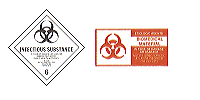 |
Division 6.2 - Infectious Substances |
Class 7: Radioactive Material
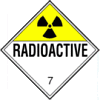
Class 8: Corrosives
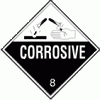
Class 9: Miscellaneous Dangerous Goods
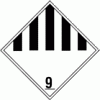
Elevated temperature goods
Dry ice
Asbestos
Environmentally hazardous substances
Life-saving appliances
Engines, internal combustion
Polymeric beads
Battery-powered equipment or vehicle
Zinc Dithonite
